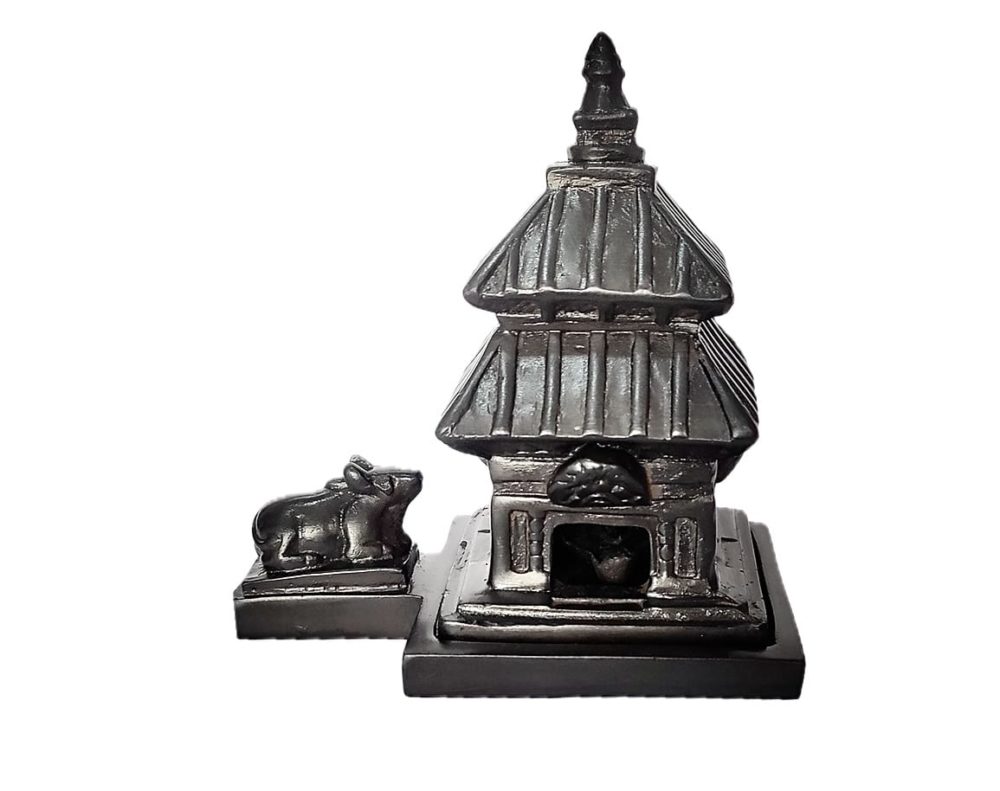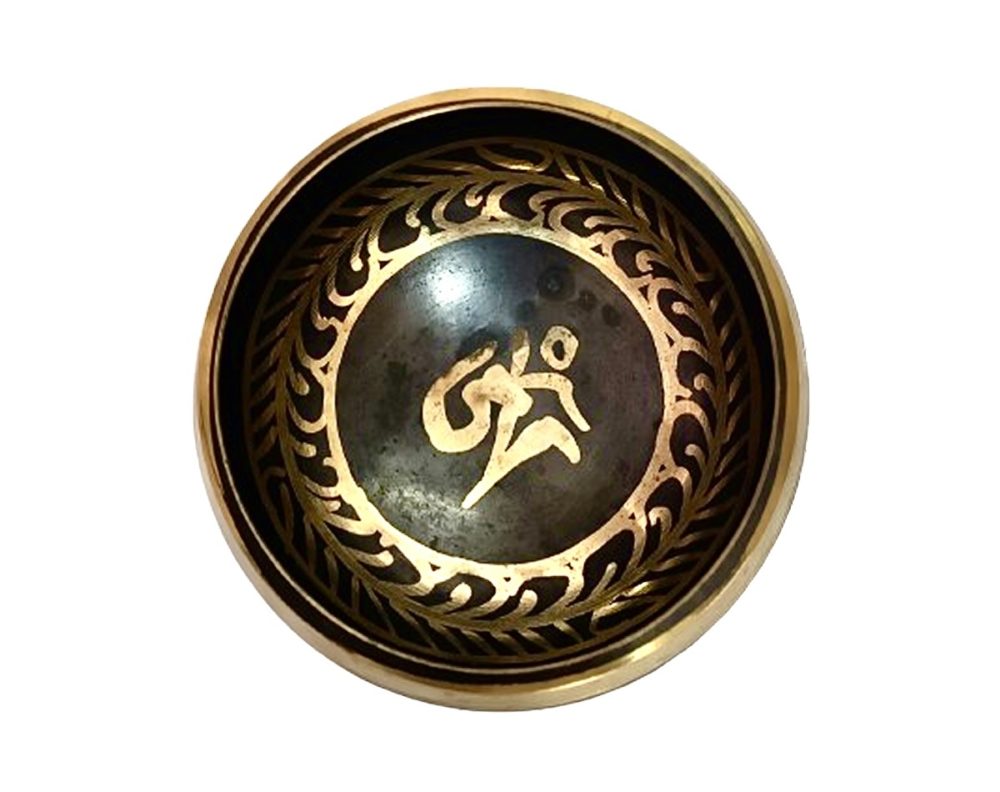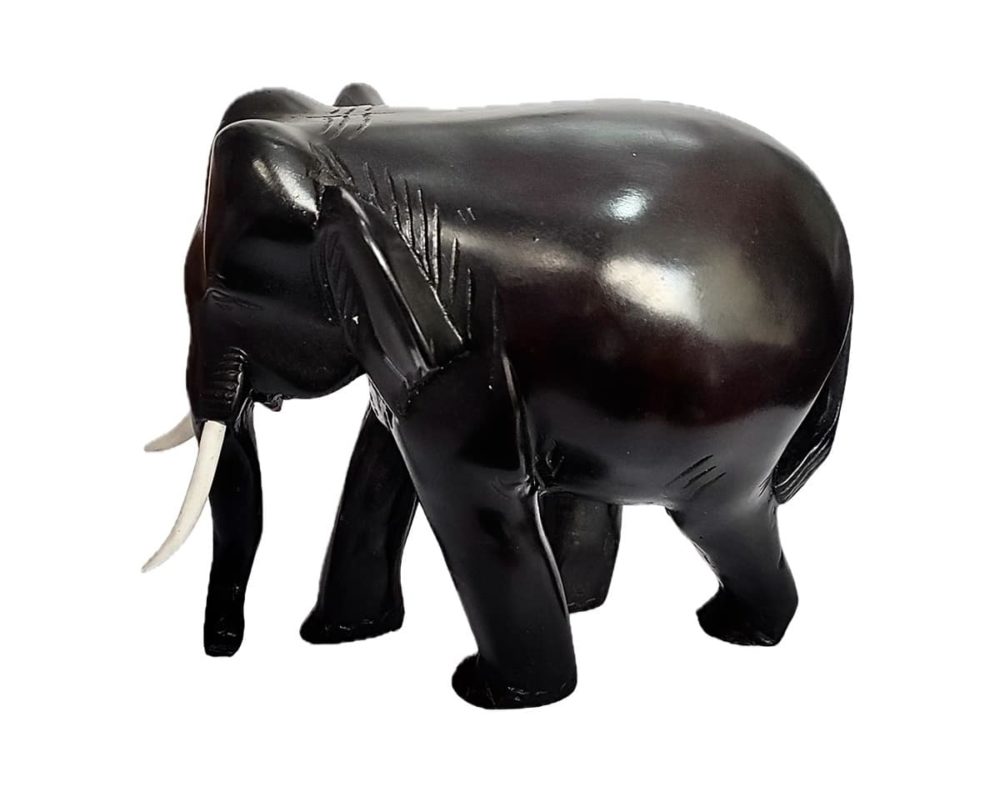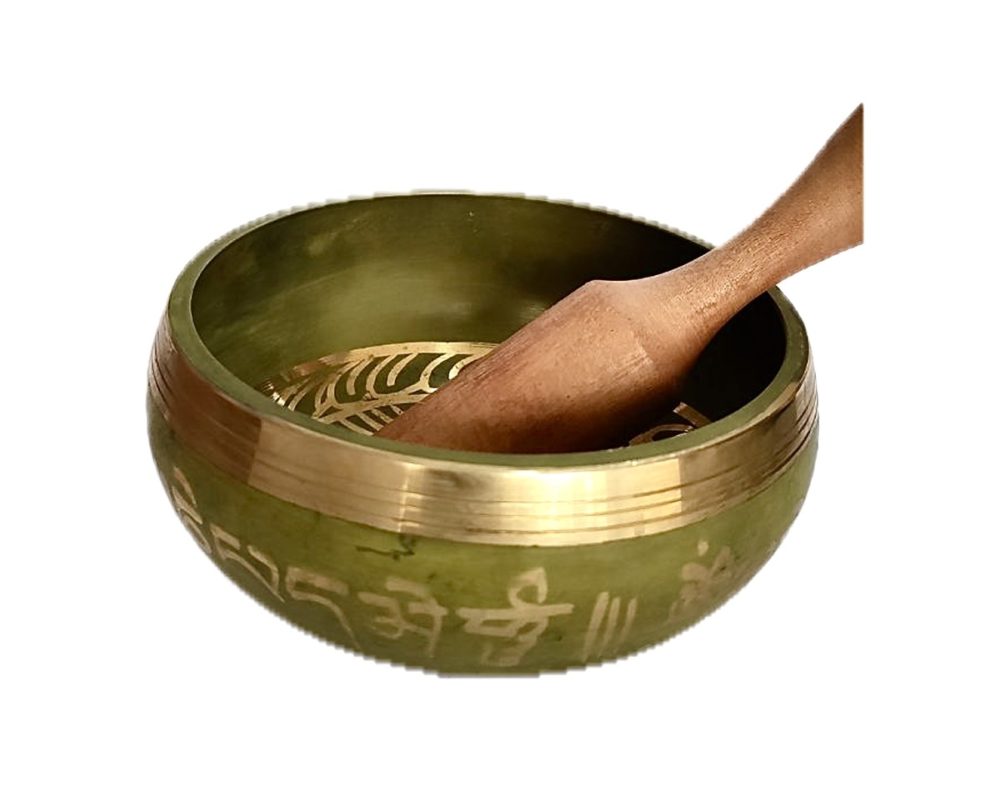Shankha
$88A Shankha is a conch shell of ritual and religious importance in Hinduism and Buddhism. It is the shell of a large predatory sea snail, Turbinella pyrum, found in the Indian Ocean.
Showing 49–64 of 64 results
A Shankha is a conch shell of ritual and religious importance in Hinduism and Buddhism. It is the shell of a large predatory sea snail, Turbinella pyrum, found in the Indian Ocean.
Shiva Linga is an abstract or aniconic representation of the Hindu deity, Shiva, used for worship in temples, smaller shrines, or as self-manifested natural objects.
Shiva and Parbati are the iconic couples in the hindu religion. Parbati was the daughter of king Himalaya.
Made by the experienced crafts men of Himalayan Kingdom of Nepal, working in this field since generations.
A sculptor is working with his hammer and chisel on a large black stone statue of Lord Buddha.With every blow of the hammer and every notch made by the chisel, the countenance of Buddha emerges from the rock, a centimeter at a time. The rock seems a doorway between heaven and earth from which Buddha…
The tabla is a widely popular South Asian percussion instrument used in the classical, popular and religious music of the northern Indian subcontinent. The instrument consists of a pair of hand drums of contrasting sizes and timbres. … The larger drum, played with the other hand, is called bayan.
It is used for meditation in Tibet and other Himalayan region of Nepal. It is a small jhyamta kind of instrument which creates peaceful sound which helps in the meditation.
Elephants hold a special place in Mithila culture, symbolizing royalty, strength, and wisdom, and are considered auspicious. This artwork, likely created using natural dyes and pigments on handmade paper or canvas, adds authenticity and charm.
The fish motif is significant in Mithila painting as it symbolizes wealth and abundance, making this piece perfect for those who appreciate art with cultural depth and meaning. The intricate border and the careful attention to detail reflect the time-honored techniques passed down through generations of Mithila artists.
The Tyamko is a small bowl-shaped drum that holds a significant place in Nepalese music, particularly in the context of Panche Baja and Naumati Baja. The Tyamko is typically constructed using either wood or copper. Its upper portion is covered with cowhide, which serves as the drumhead. The drumhead is stretched tightly over the opening,…
The art style, rooted in the ancient tradition of Mithila, is characterized by its use of natural dyes and pigments, with fine lines and bold patterns that add a unique charm to the piece. The painting is not just a visual delight but also a cultural artifact that reflects the rich heritage of the region.
This vibrant artwork is a stunning example of traditional Mithila painting, a folk art form that originates from the Mithila region of Nepal and India. The painting depicts a graceful village woman standing under a lush, green tree, adorned in a colorful sari and intricate jewelry, holding a basket in her hand. The use of bright, natural colors and bold, intricate patterns is characteristic of this art style, which is often associated with themes of nature, mythology, and daily life.
Mithila paintings mostly depict people and their association with nature and scenes and deities from the ancient epics. Natural objects like the sun, and the moon, and religious plants like tulsi are also widely painted, along with scenes from the royal court and social events like weddings.
End of content
End of content
We care about your privacy
In order to provide you a personalized shopping experience, our site uses cookies. By continuing to use this site, you are agreeing to our cookie policy.
Don't have an account yet? Sign up
 test product
1 × $30
test product
1 × $30  Mini Pashupati Temple
1 × $23.60
Mini Pashupati Temple
1 × $23.60  Brass Om Meditation Bowl
1 × $20
Brass Om Meditation Bowl
1 × $20  Elephant (Black)
1 × $64.80
Elephant (Black)
1 × $64.80  Endless Knot Singing Bowl
1 × $20
Endless Knot Singing Bowl
1 × $20  Hand-Hammered Brass Singing Bowl
1 × $20
Hand-Hammered Brass Singing Bowl
1 × $20